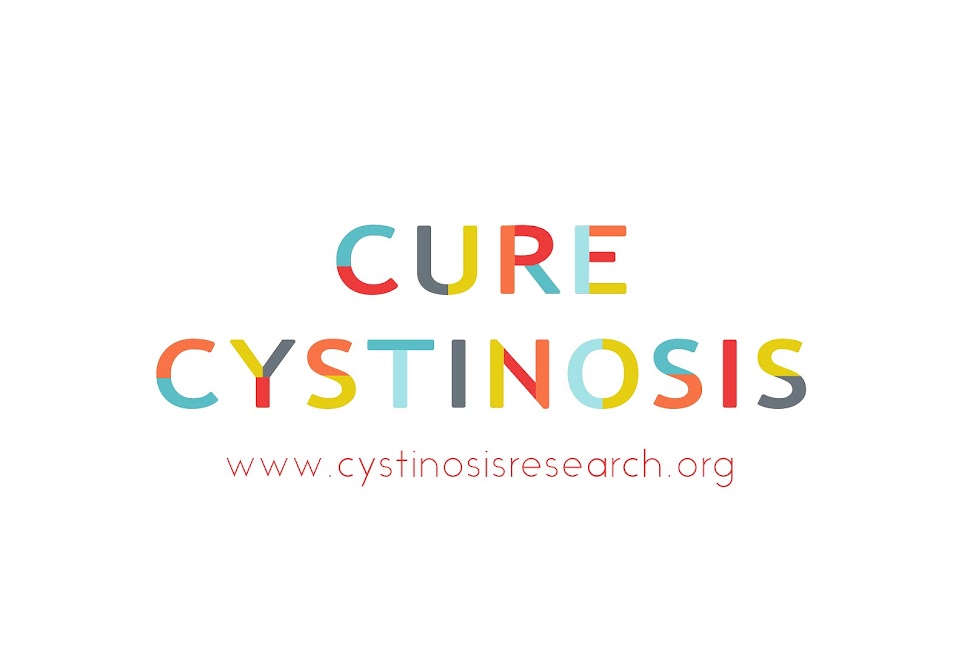
Sam was diagnosed with nephropathic cystinosis last week.
Cystinosis is a rare genetic disease that affects
approximately 500 children and young adults in the United States. It is a metabolic disease in which the
amino acid cystine gets trapped inside cells because of a defective transporter
protein. Cystine crystallizes in
the cell, causing cell death.
This process slowly destroys the organs in the body, including the
kidneys, liver, eyes, muscles, thyroid and brain.
Cystinosis is an autosomal recessive genetic disease,
meaning that both parents are carriers of the abnormal gene that leads to the
condition. Parents do not
exhibit any of the symptoms of cystinosis. In such couples, the odds that each child will have
cystinosis are 1 in 4. My father's sister has two children with cystinosis and three unaffected children.
Cystinosis is the most common cause of Fanconi syndrome, a
kidney disease. Patients are
unable to reabsorb electrolytes and minerals from the urine that is filtered in
the kidneys. This results in loss
of large volumes of urine, salts, minerals and glucose. The first signs of
cystinosis are usually severe dehydration from excessive urination, as well as
vomiting and growth failure. Patients
also develop severe electrolyte abnormalities, including low potassium, which
causes muscle weakness, lethargy and can lead to cardiac arrhythmias and
death. Loss of phosphorus in the
urine leads to rickets.
After one year of age, cystine crystals develop in the
cornea and cause a severe sensitivity to light (photophobia). In time, patients can develop problems
such as hypothyroidism, severe muscle wasting and central nervous system
complications. These children have normal intelligence, but often have problems
with short-term visual memory.
Many have poor GI motility.
Without specific treatment, children with cystinosis
progress to end-stage kidney failure by an average age of nine years. In the past, this meant death. Today most patients can receive kidney
dialysis or transplantation, but even with successful transplantation, the
disease continues to destroy other organs.
Fortunately in 1994 a drug called cysteamine (Cystagon) was
approved for cystinosis. This drug
slows the progression of the disease by removing cystine from the cells, but it
must be taken every six hours, including during the night. The drug has unpleasant side effects,
however, including a foul odor and hypersecretion of gastric acid, leading to
gastrointestinal distress. These
side effects and the every six-hour schedule lead to poor medication
compliance. Even with perfect
compliance, however, the disease continues to progress. Cysteamine is not a cure.
Before Sam's diagnosis our pediatric nephrologist thought he might have Bartter's Syndrome, which has similar symptoms at this age. Sam's main symptoms were excessive urination, excessive thirst, poor weight gain, vomiting, constipation and general weakness. When the doctor examined Sam's blood work he had very high levels of aldosterone and renin, with correspondingly low potassium, sodium and phosphate. Two weeks ago the doctor started him on salt supplements for the latter three. Since then Sam has stopped throwing up, is no longer constipated and has a lot more energy. He has been drinking Pediasure for the last month or so for weight gain, but he was throwing up too much of it to actually get anywhere. In the last two weeks, with the help of the salt supplements, Sam has gained a full pound! This is a major breakthrough, since he hasn't gained weight since December. At 15.7 pounds, he's still off the charts low for a one year old, but we're hopeful that he'll catch up now that he's getting treated.

Yay Sam! I'm so excited to see you with this new energy! We miss you and love you so much!
ReplyDeleteKathy informed me recently that it was Grandma Jenkins who brought her attention to Samuel at the Memorial Day get together. Grandma always has been very in tune with the spirit--so I guess we need to thank her for listening that day.
ReplyDeleteI am beyond ecstatic that Samuel is responding so well to treatment. We'll just keep praying and listening. Love you!
Thanks for keeping me updated on Sam's general awesomeness!! I'm glad he's gaining weight:)
ReplyDeleteBlogging about this is a really great idea. I think it is good for both of you as parents, and for us to stay posted. Thank you for sharing and our prayers are with you guys!
ReplyDeleteDitto on the blog idea- Sam is adorable and lucky to have two amazing parents. Love to you all -
ReplyDeleteHello! I am Denice. My daughter, Tina, is 6 1/2 years old. Tina has Cystinosis. I would love to visit with you. Tina just started First Grade and is doing phenomenal. It wasn't that long ago when we didn't think she would make it. It does get easier. There is so much hope for our children. New treatments are on the horizon, as is a cure. We have started a nonprofit foundation to help raise money for Cystinosis research (go to www.cystinosisresearch.org). You can find more information on our journey with Cystinosis on Tina's website (www.tinashopeforacure.org). OR you can e-mail directly if you would like: mdflerch@gmail.com. I look forward to hearing from you! We live in Washington state.
ReplyDelete